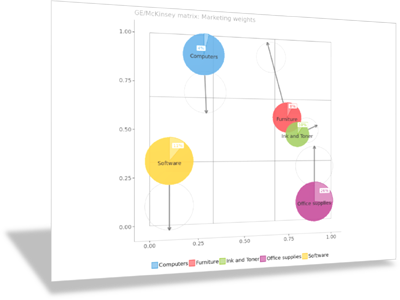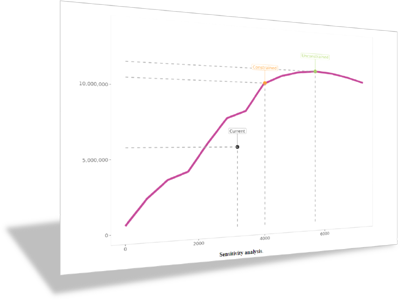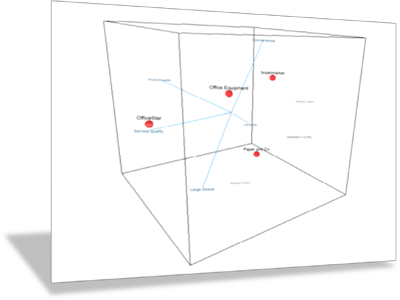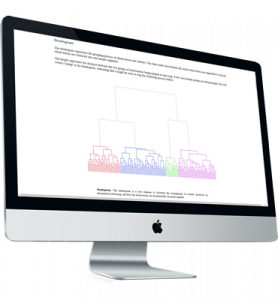Teaching marketing strategy

Marketing strategy is a long-term, forward-looking approach to planning for market growth and sustainable competitive advantage. Strategic planning involves the analysis of the company’s strategic position, market analysis, and prioritization of marketing resource allocation. While most Enginius modules could be introduced in a marketing strategy course, some invite students to think more strategically than others…
If you are teaching marketing strategy
these are the Enginius models and case studies we recommend for you…
Not familiar with Enginius yet? Click here to discover
how Enginus can boost your teaching.

GE McKinsey matrix
The GE McKinsey analysis is a technique used in brand marketing and product management to help a company decide what product to add to its product portfolio and which opportunities in the market they should continue to invest in. It is conceptually similar to BCG analysis, but with a richer and more fine-grained approach. Once students have learned to analyze a GE McKinsey matrix, they will be able to create one for their own projects or companies, which they often appreciate.

Resource allocation
Sizing and allocating limited resources toward the most strategic products, markets or segments, is one of the most fundamental strategic decisions a company can make. The resource allocation case studies very often to very interesting in-class discussions about decreasing returns, investment risks, limited focus, etc.

Segmentation
Since a company cannot please every customer with a single approach, marketing strategy is often first and foremost decided by which customers a company will go after, and which they will forego. To best guide that decision, segmentation will teach your students how to systematically use data to identify market segments, and evaluate their relative size, potential and attractiveness for the firm. A case study like Dürr is especially appropriate here.

Positioning
A marketing manager may identify how her brand is different or unique compared to its competitors, and build the firm’s marketing strategy around these differentiating factors. Great! But if customers do not see it that way, or do not care, the strategy is moot. Positioning analysis is a powerful tool to map customers’ perceptions, and provide managers a more-than-needed reality check about how their brands are positioned within a given market. Case studies like Heineken are particularly revealing.




